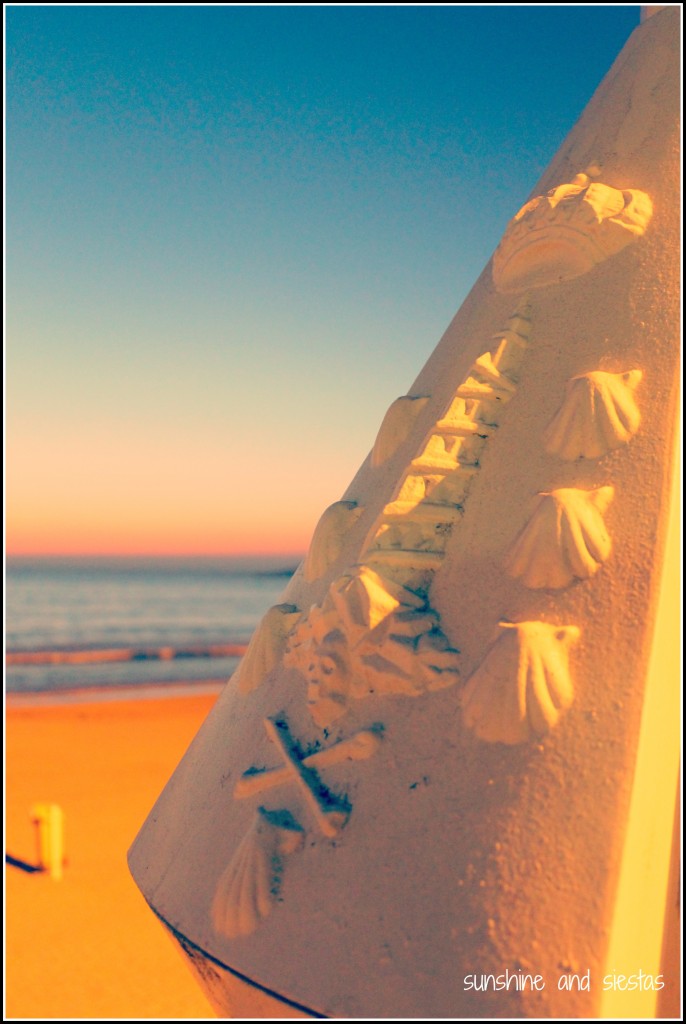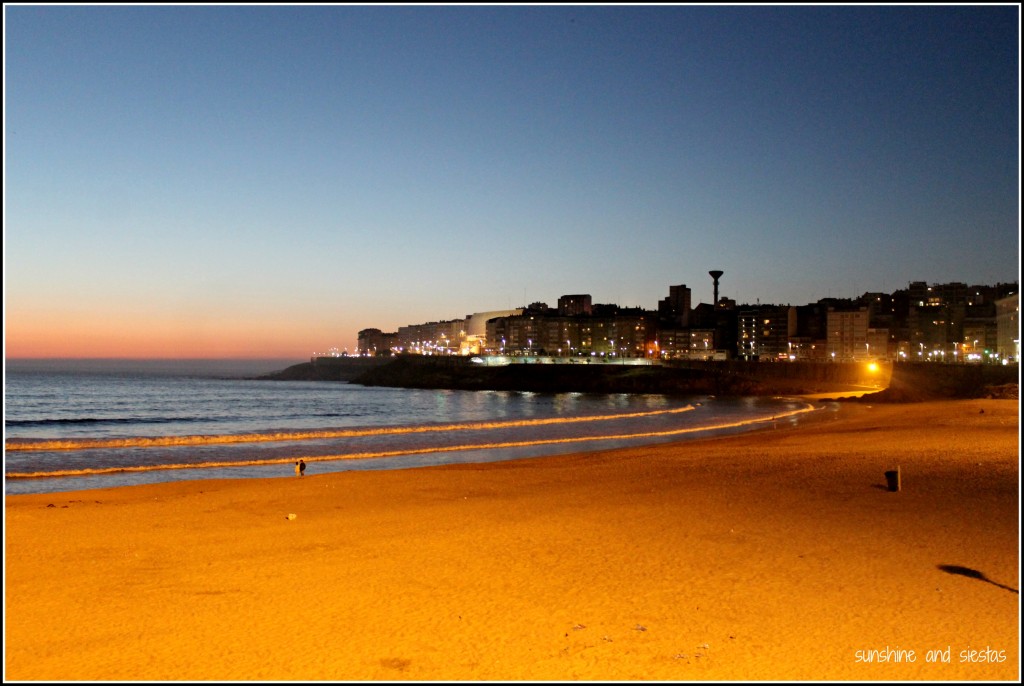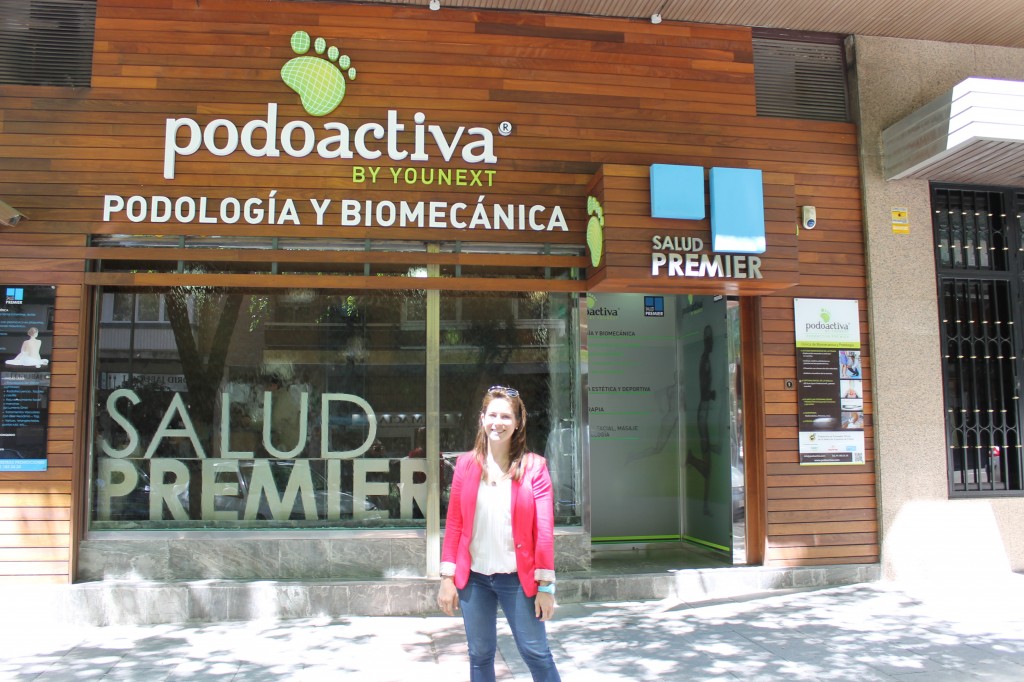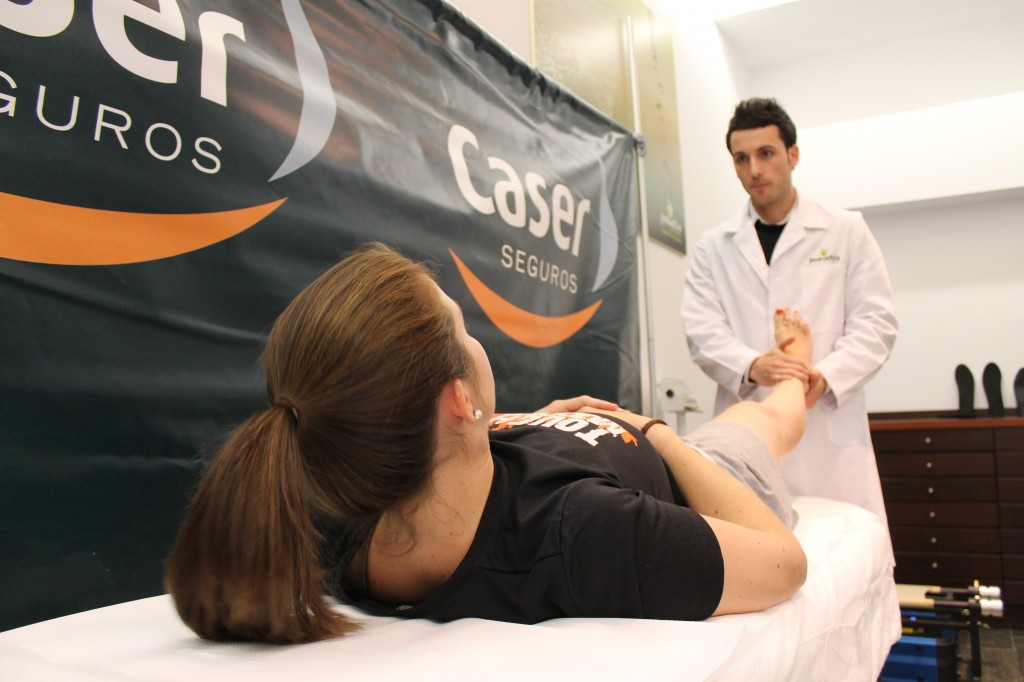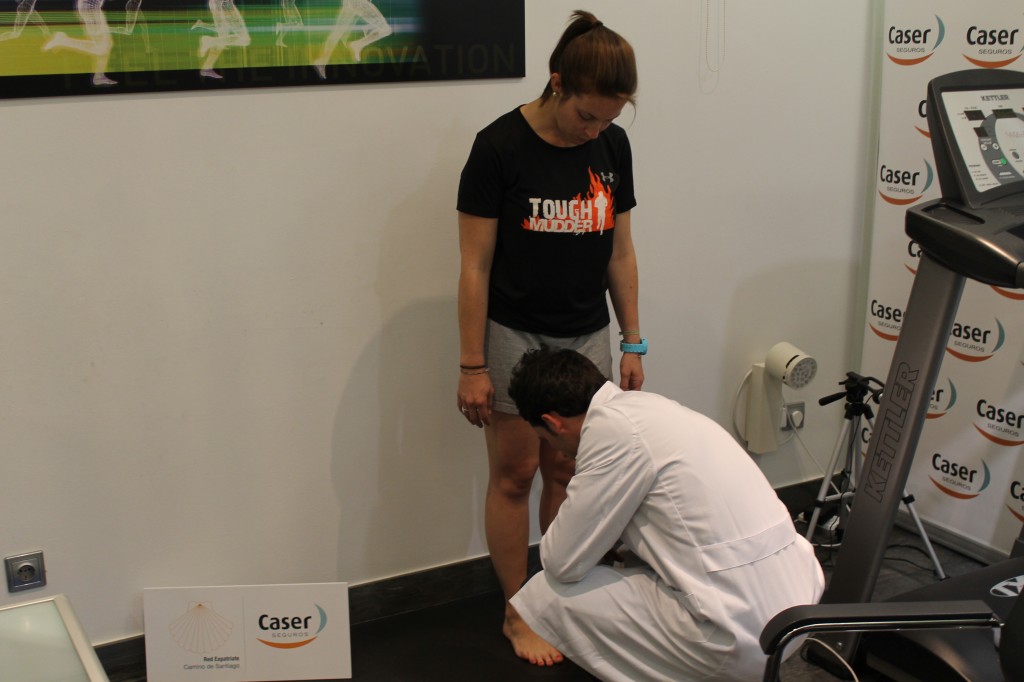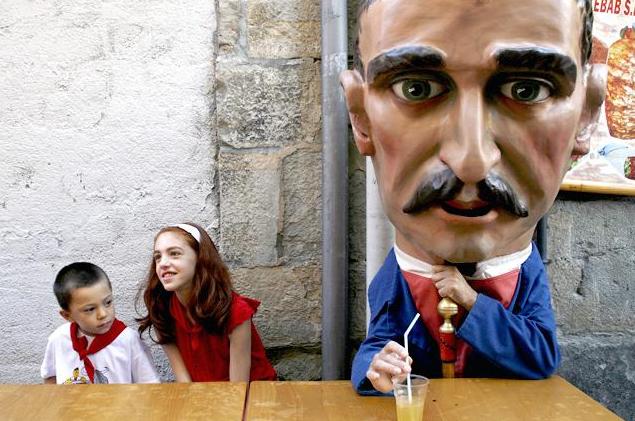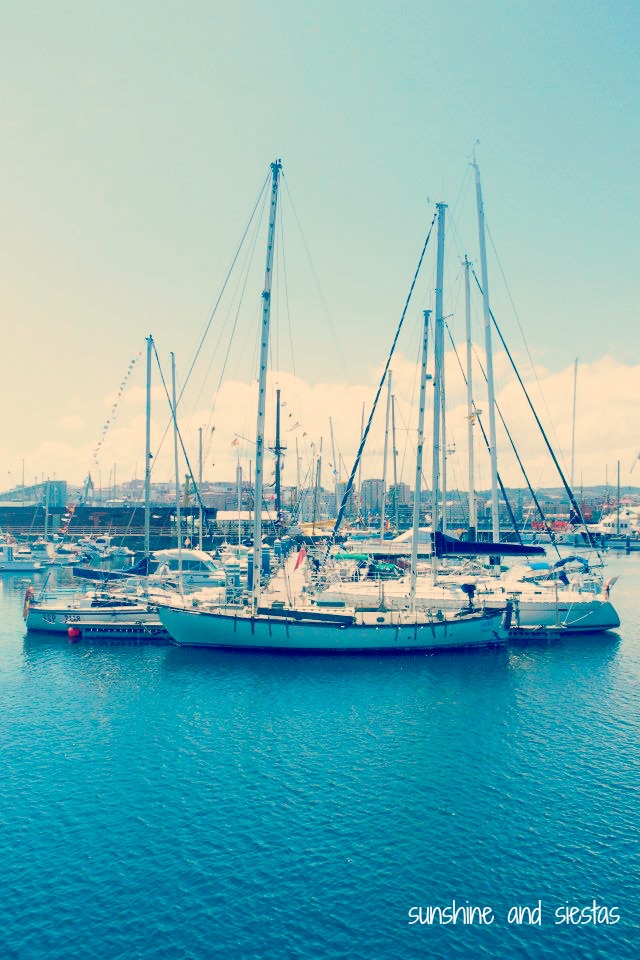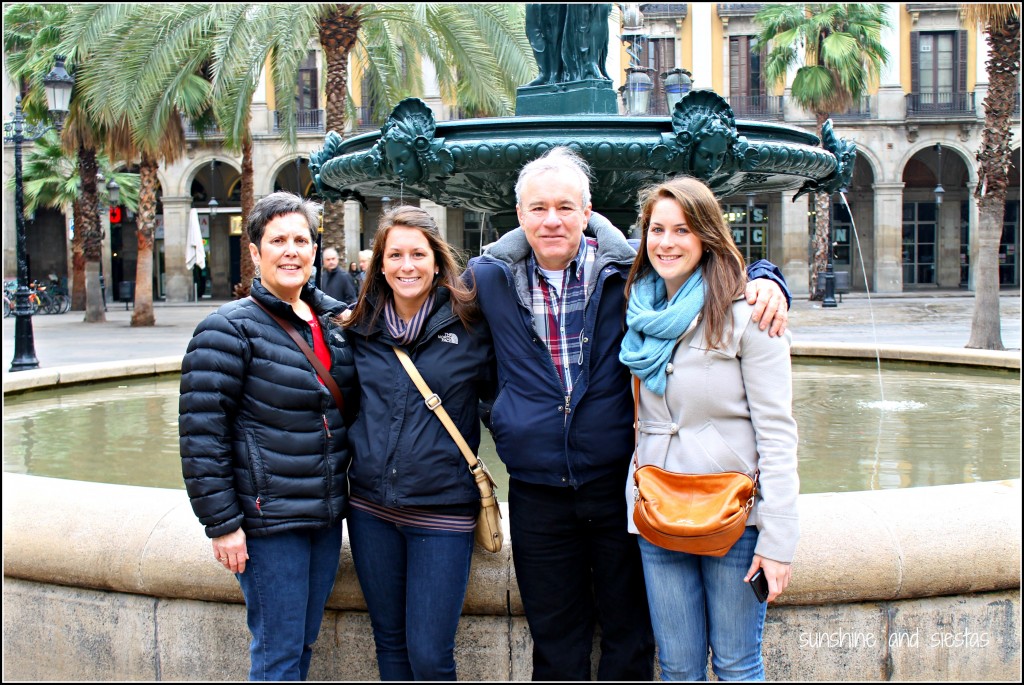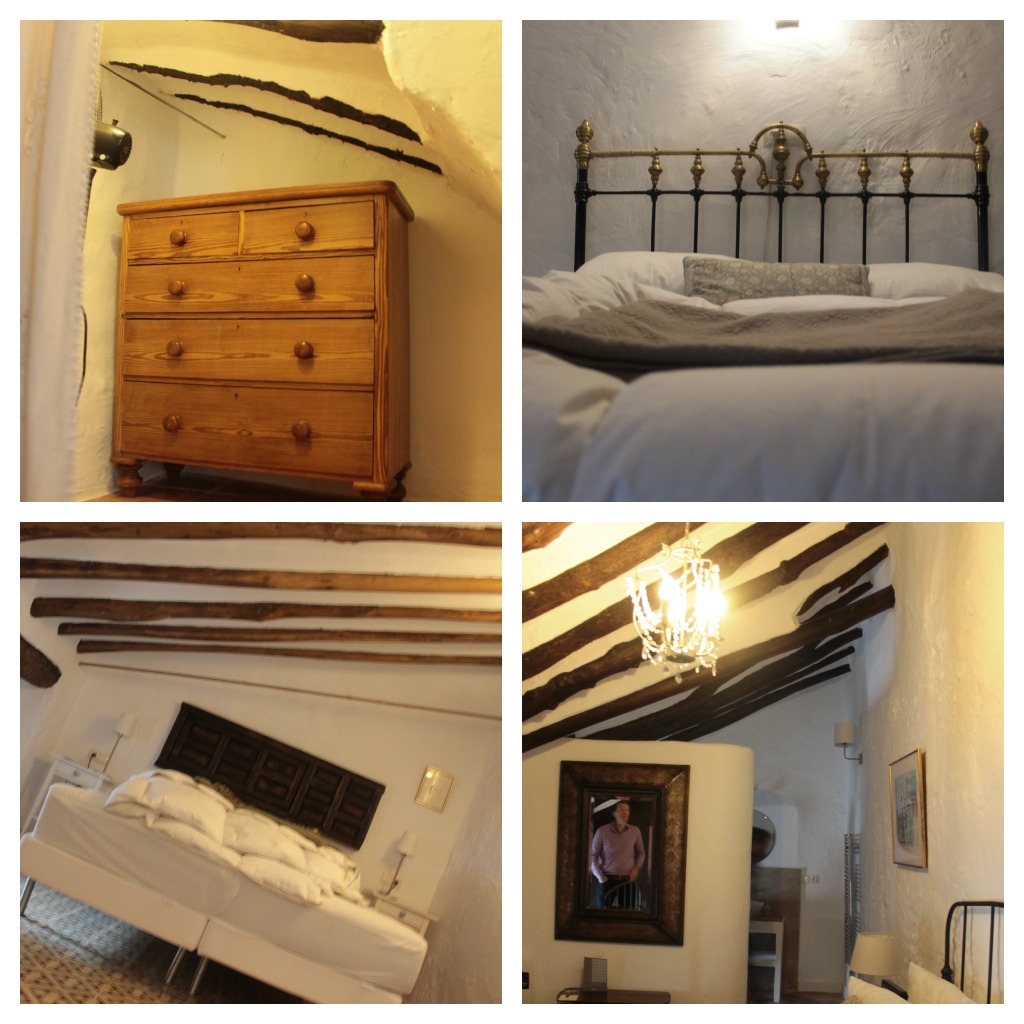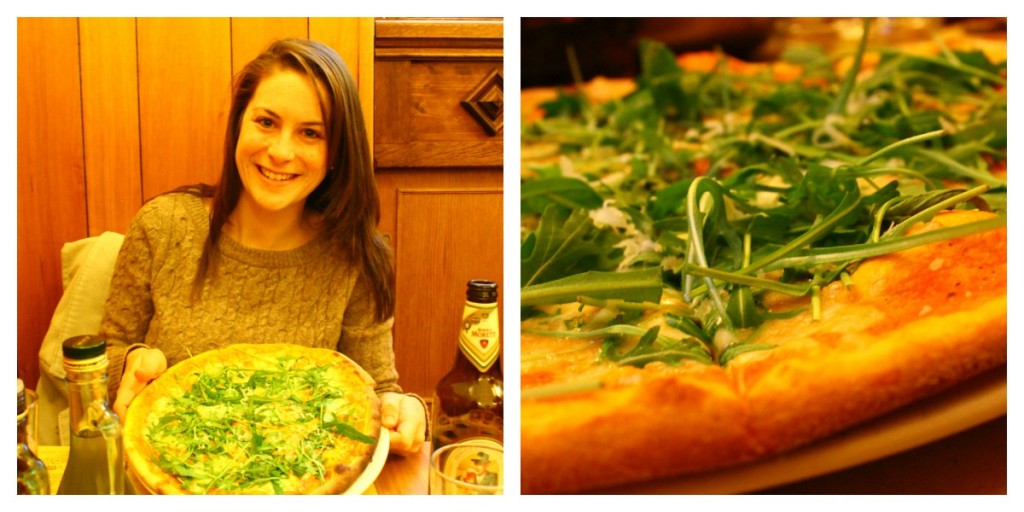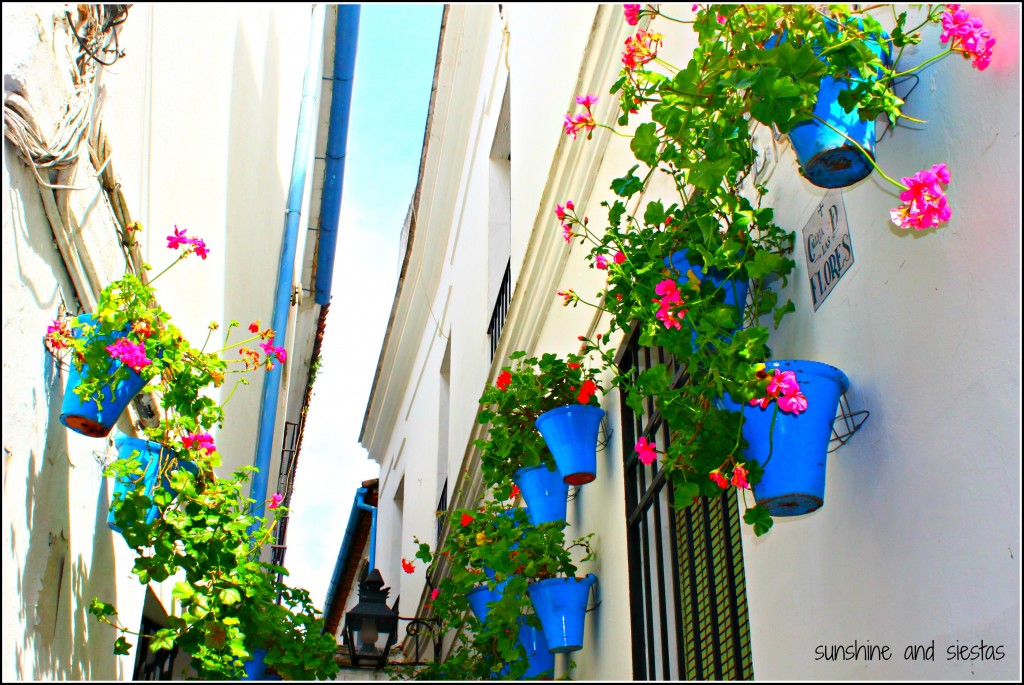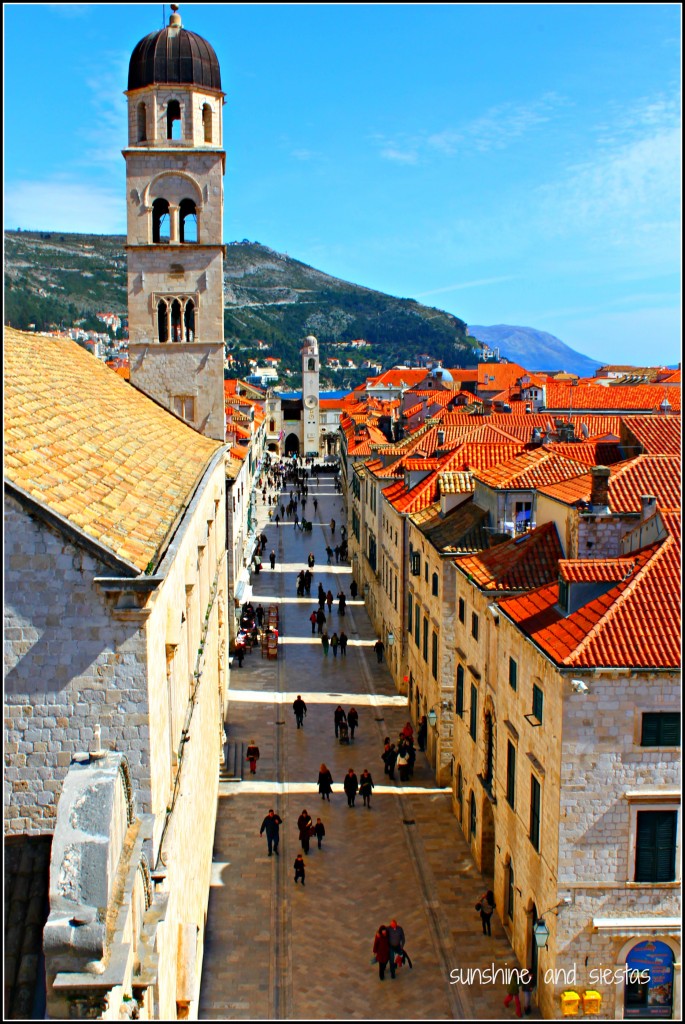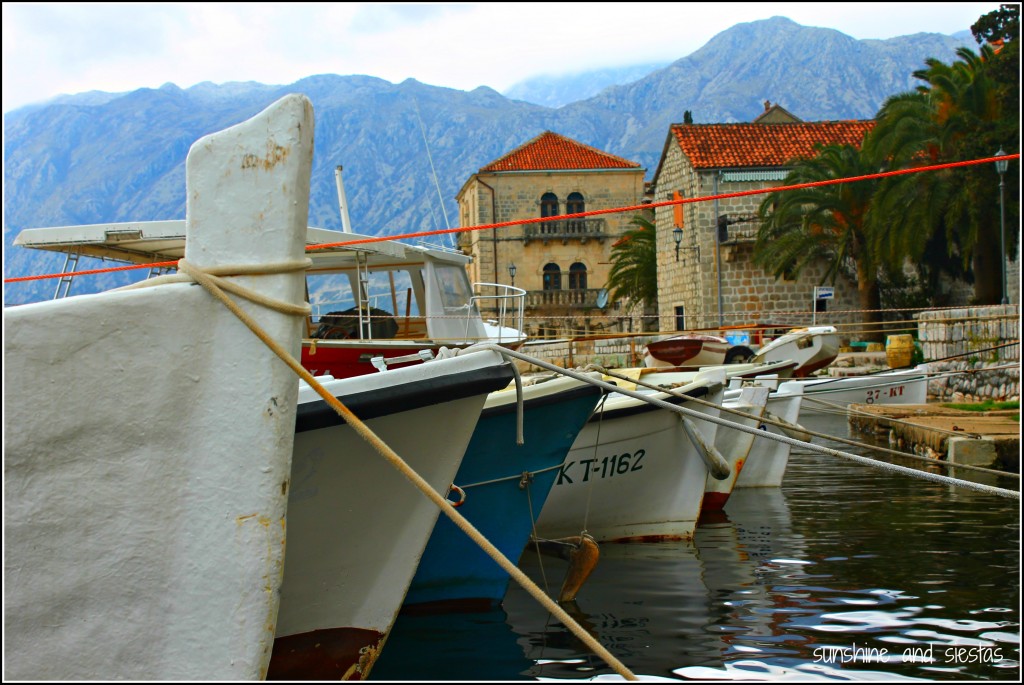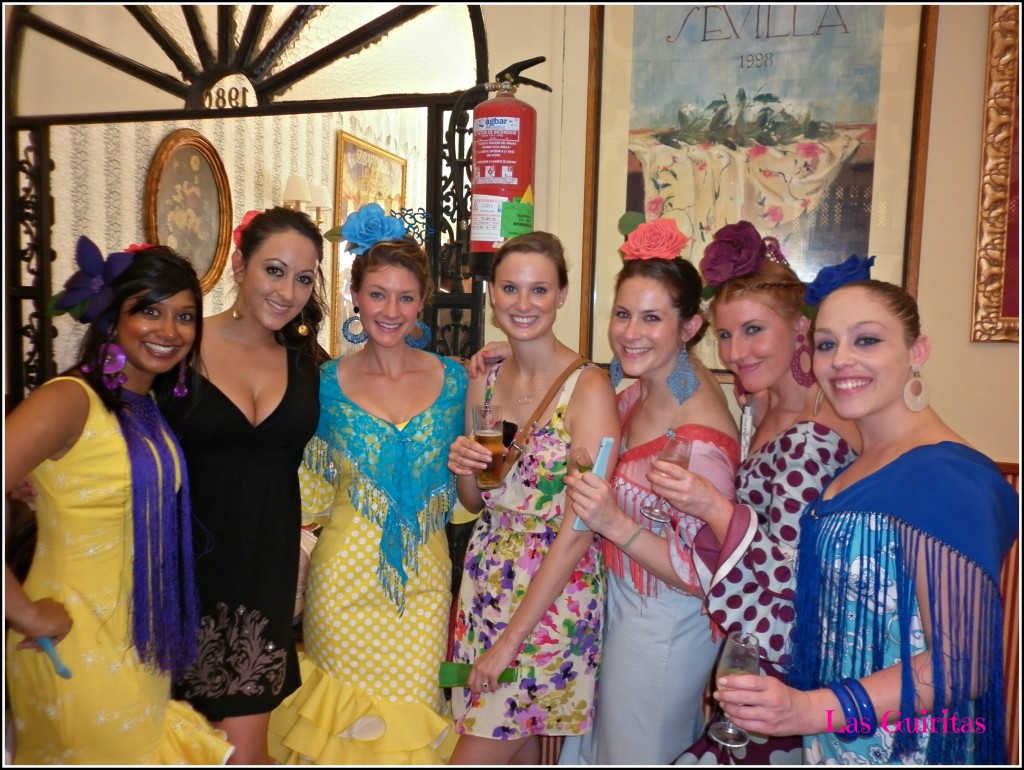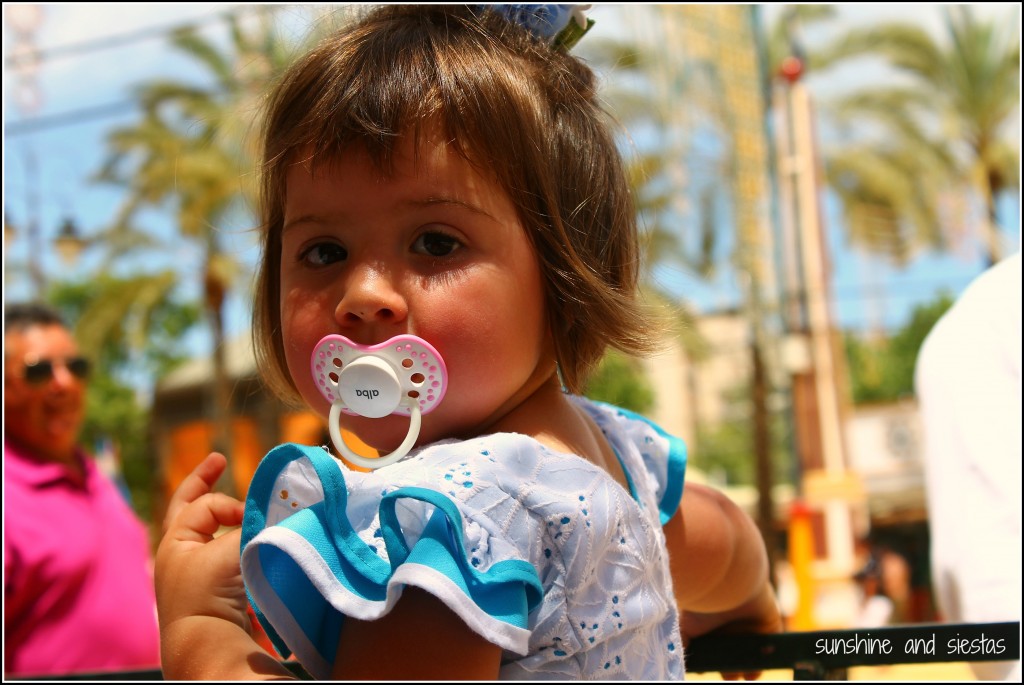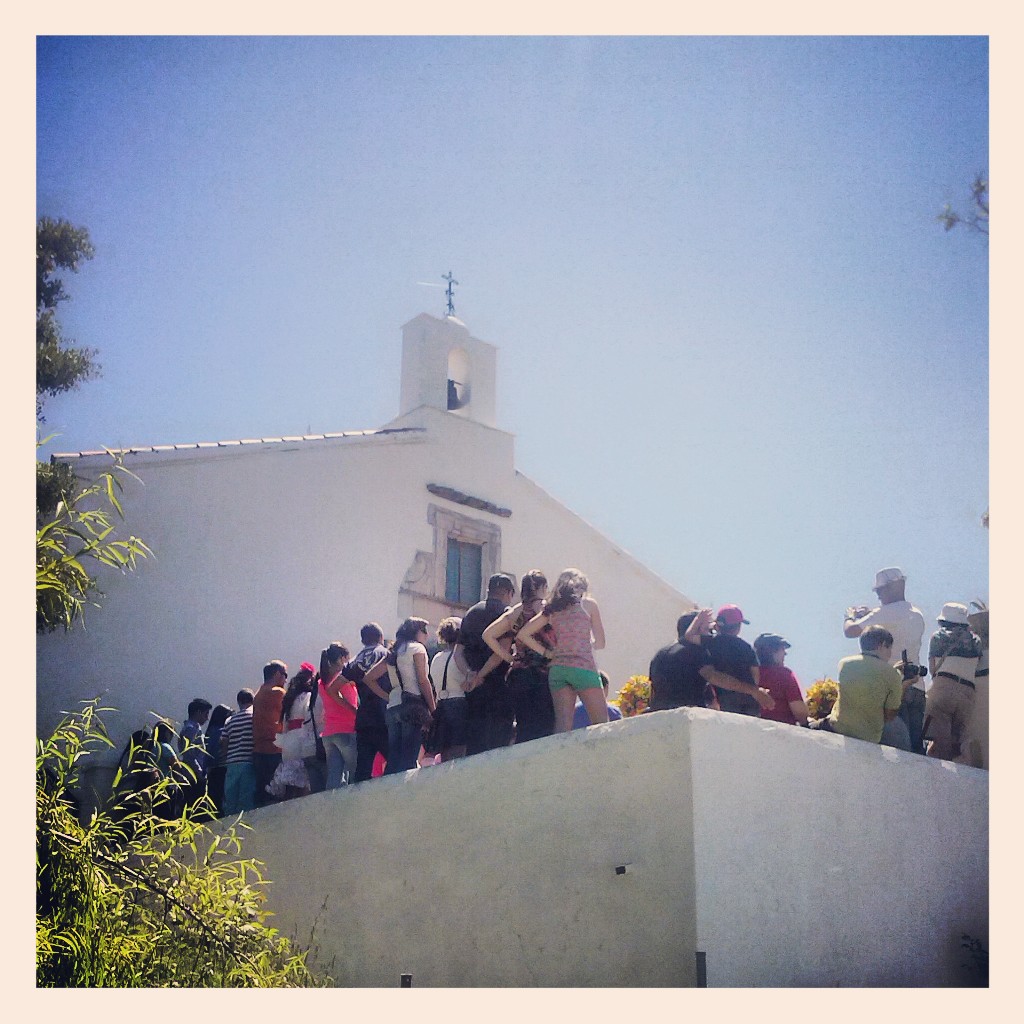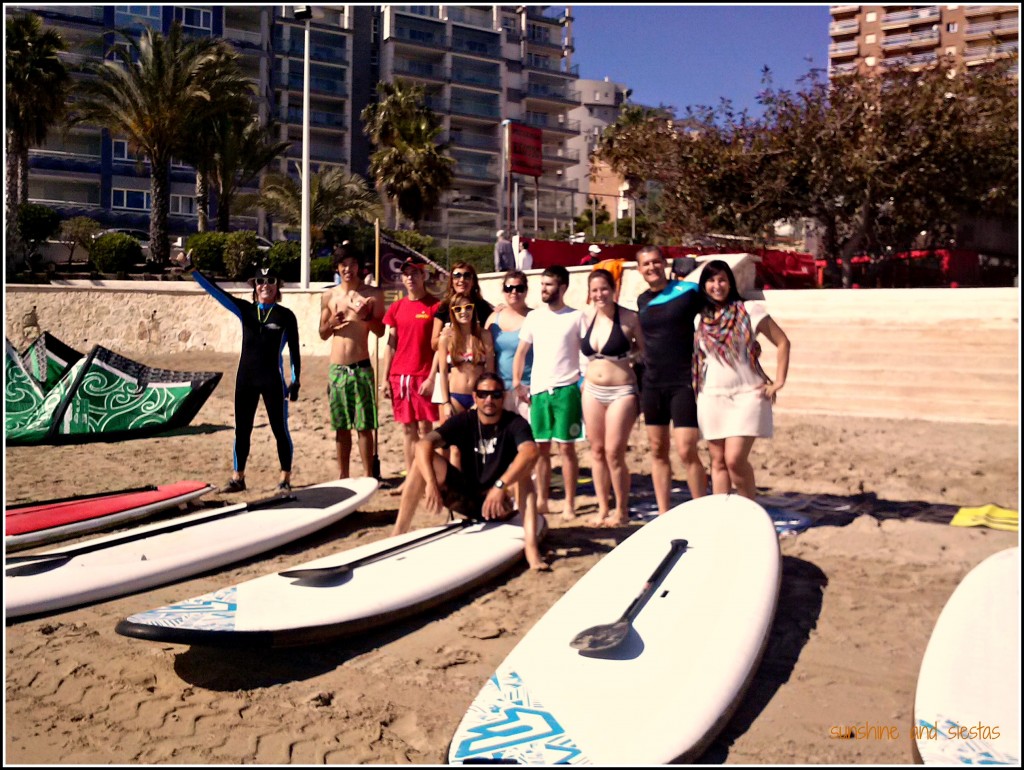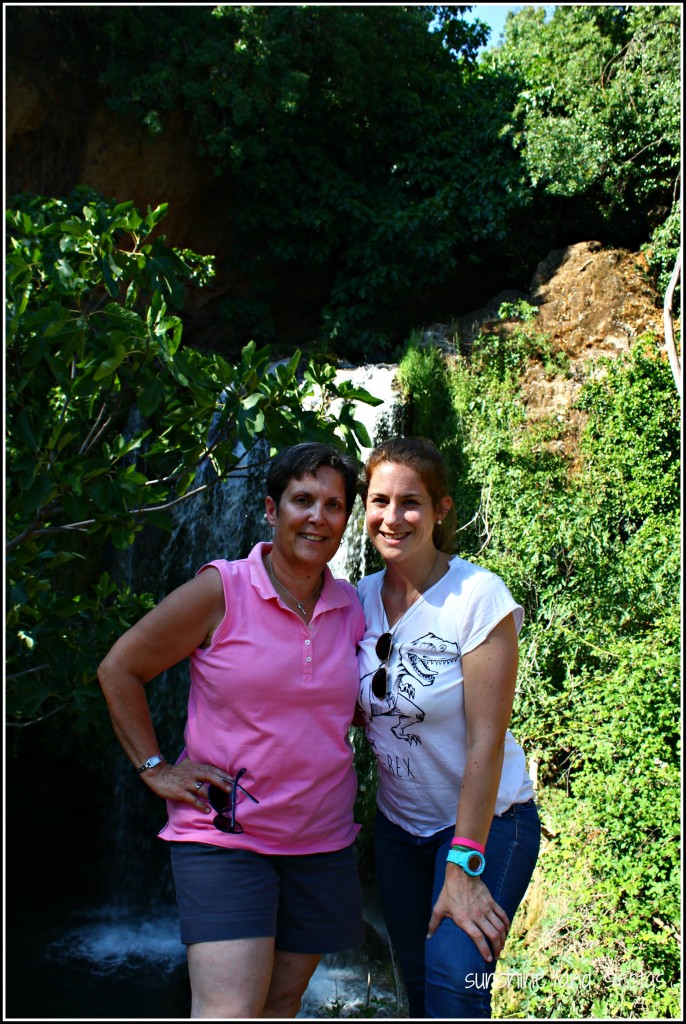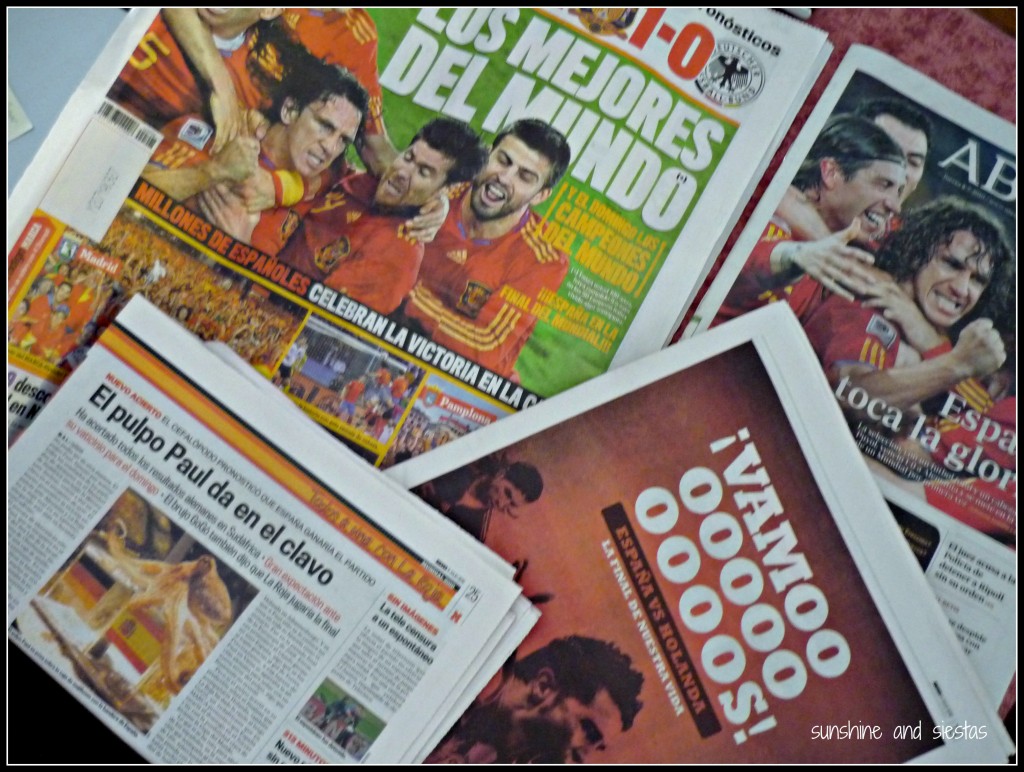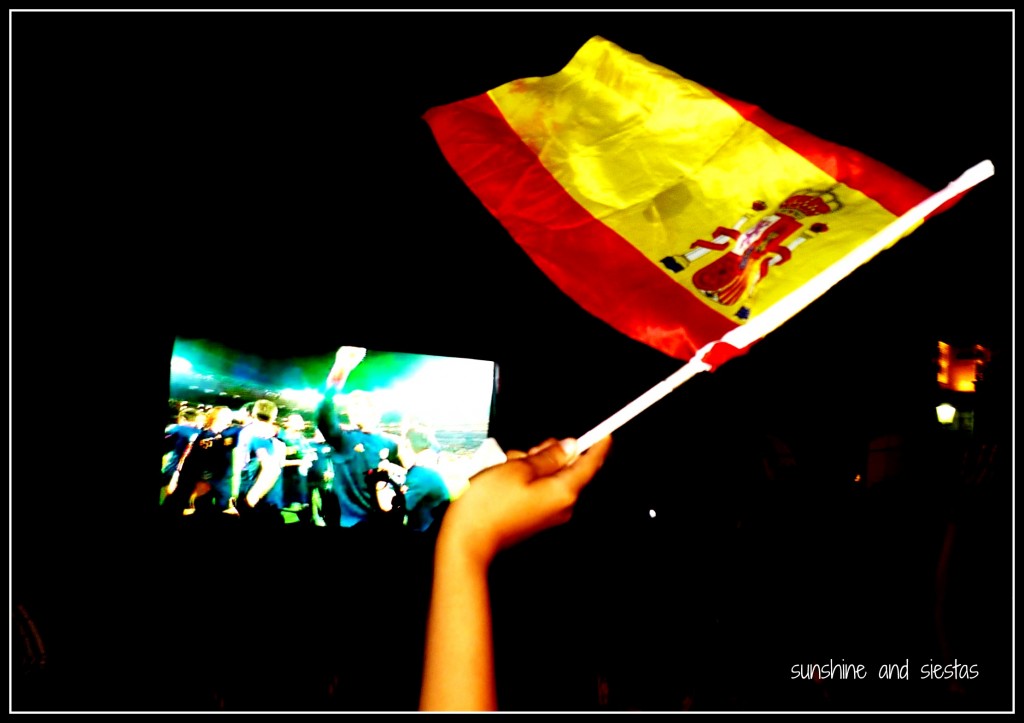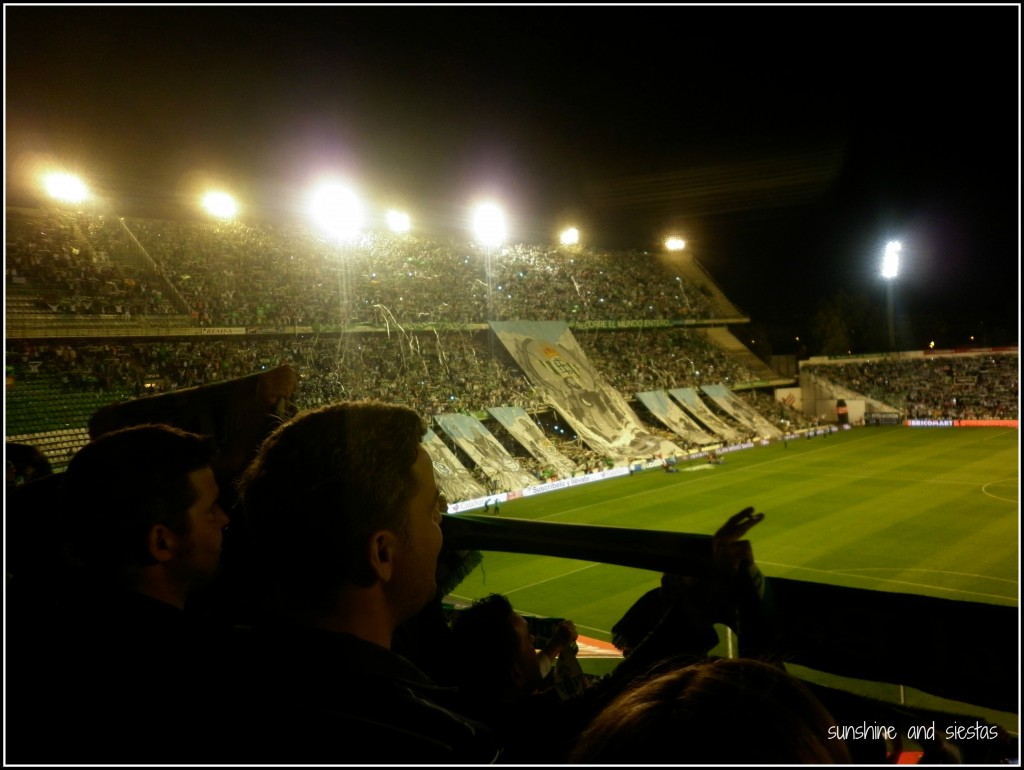Julie lead us out of the bar and out towards the ocean. Seeing the Riazor and Orzan beaches, which nuzzle up to the isthmus of the city of La Coruña, continually takes my breath away as I remember long days laughing in the sun, learning how to surf in the gentle waves and raucous night botellones with teachers during summers past.
The city sits on a peninsula on the northwest corner of the region in the northeast corner, meaning its days are long and bright – when it’s not raining, that is.
At nearly 11pm, there was just a thin strip of pinkish-golden light that faded into the horizon as the waves slowly lapped at the pebbly beach. “My dad calls this the hora azul,” Julie explained of her coruñés father. What a privilege to live just steps from a city beach and to be able to pop down when the weather turns nice.
We stayed for nearly ten minutes, watching the natural light dwindle as the streelights twinkled, reflecting off the bay. When the weather gets hot and sevillanos flock to their beach home, Coruña feels like my own.
Have you ever been to La Coruña? Seville has its own golden hour, when the sun sets over the Aljarafe and kisses everything with one last little effort at lighting up the city.
